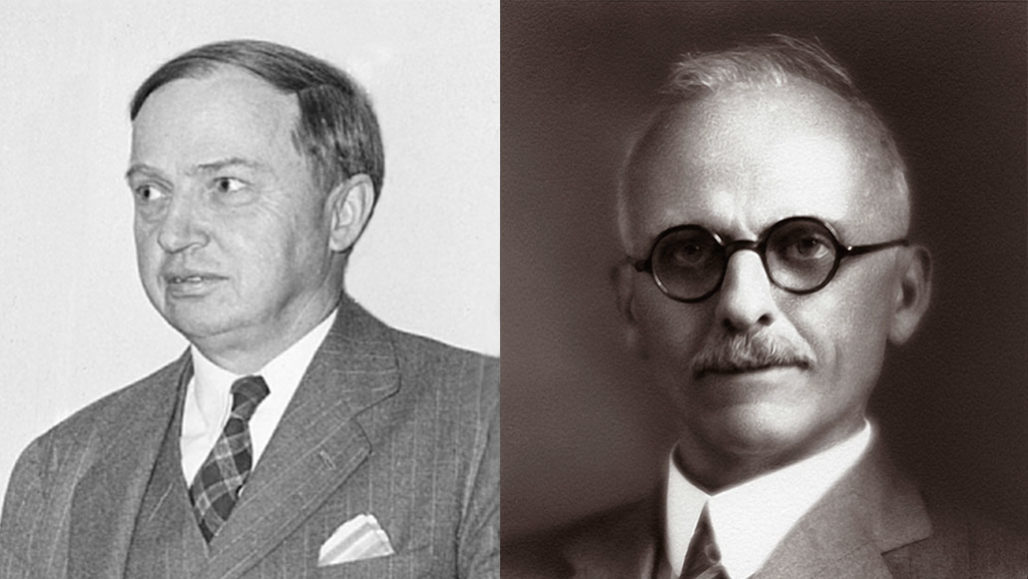A century ago, astronomy’s Great Debate foreshadowed today’s view of the universe
The argument between Harlow Shapley and Heber Curtis was ultimately settled by Edwin Hubble
On April 26, 1920, astronomers Harlow Shapley (left) and Heber Curtis (right) presented their views on the scope of the cosmos.
FROM LEFT: SMITHSONIAN INSTITUTION ARCHIVES, ACCESSION 90-105, SCIENCE SERVICE RECORDS, IMAGE NO. SIA2008-5931; ROCKEFELLER UNIVERSITY
Counting universes ought to be easy. By definition, you can stop at 1.
Trouble is, definitions change. A century ago, the “universe” was defined as the Milky Way galaxy. Heretics who disagreed had long been ridiculed— until science staged what became known as the Great Debate, on April 26, 100 years ago. On that date, American astronomers Harlow Shapley and Heber Curtis articulated opposing views on the scope of the cosmos.
Today astronomers know that the Milky Way, huge as it is, is a mere drop in the cosmic bucket. Just as the sun is only one of 100 billion or so stars swirling within the Milky Way’s pinwheel disk, the Milky Way is only one of hundreds of billions of such galaxies inhabiting a vast, expanding bubble of space.
But in 1920, conventional wisdom dictated that the Milky Way was alone. Most experts insisted that the fuzzy patches of light known as nebulae resided within the Milky Way. Nebulae with a spiral structure might be solar systems in the making, some astronomers suggested.


No comments:
Post a Comment